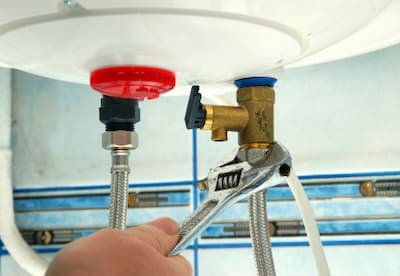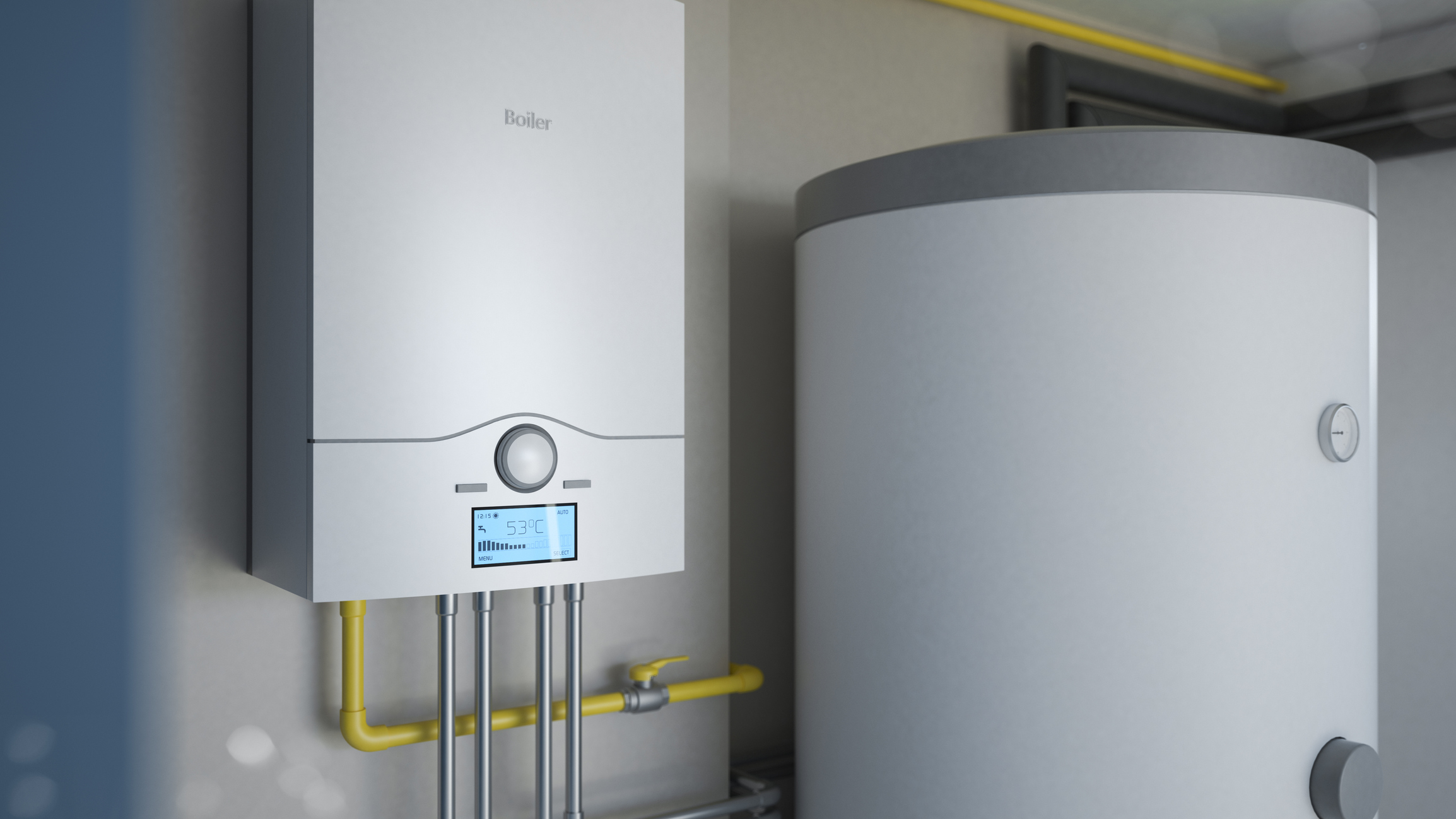Effective Methods to Care for Your Home's Hot Water System Effectively
Effective Methods to Care for Your Home's Hot Water System Effectively
Blog Article
What're your beliefs on What Kind of Maintenance Do Water Heaters Need??

Warm water is necessary for day-to-day comfort, whether it's for a refreshing shower or cleaning meals. To ensure your warm water system runs successfully and lasts much longer, regular maintenance is key. This post supplies useful ideas and insights on how to maintain your home's warm water system to prevent disruptions and pricey repair services.
Intro
Preserving your home's warm water system may seem overwhelming, however with a few basic actions, you can ensure it runs smoothly for several years to come. This overview covers everything from understanding your warm water system to DIY maintenance pointers and knowing when to call in expert aid.
Value of Maintaining Your Hot Water System
Normal maintenance not just extends the life expectancy of your warm water system but likewise guarantees it operates effectively. Neglecting upkeep can bring about reduced performance, higher power costs, and even premature failing of the system.
Indications Your Warm Water System Needs Upkeep
Recognizing when your hot water system needs focus can prevent significant concerns. Look out for indications such as irregular water temperature level, unusual noises from the heating system, or corroded water.
Recognizing Your Warm Water System
Before diving right into upkeep tasks, it's useful to recognize the standard components of your warm water system. Commonly, this consists of the hot water heater itself, pipelines, anode poles, and temperature level controls.
Monthly Maintenance Tasks
Routine month-to-month checks can aid catch small problems before they escalate.
Flushing the Water Heater
Flushing your water heater removes debris build-up, improving efficiency and extending its life.
Checking and Replacing Anode Rods
Anode rods prevent corrosion inside the tank. Checking and changing them when worn is critical.
Evaluating and Changing Temperature Settings
Changing the temperature settings ensures optimal performance and security.
DIY Tips for Maintenance
You can perform several maintenance jobs on your own to maintain your warm water system in leading problem.
Checking for Leaks
Routinely examine pipes and connections for leaks, as these can lead to water damages and greater expenses.
Evaluating Pressure Alleviation Valves
Testing the pressure safety valve guarantees it operates appropriately and protects against extreme pressure accumulation.
Insulating Pipes
Shielding warm water pipes reduces warmth loss and can conserve power.
When to Call an Expert
While DIY upkeep is helpful, some problems require specialist proficiency.
Complex Concerns Needing Professional Aid
Examples include significant leakages, electrical problems, or if your hot water heater is regularly underperforming.
Regular Expert Maintenance Perks
Expert upkeep can include comprehensive examinations, tune-ups, and making sure compliance with security standards.
Final thought
Normal maintenance of your home's warm water system is vital for efficiency, durability, and cost financial savings. By adhering to these pointers and recognizing when to look for professional assistance, you can ensure a trusted supply of warm water without unexpected disturbances.
How to Maintain an Instant Hot Water Heater
Before tinkering with your hot water heater, make sure that it’s not powered on. You also have to turn off the main circuit breaker and shut off the main gas line to prevent accidents. Also turn off the water valves connected to your unit to prevent water from flowing into and out of the appliance. 2. When you’re done, you have to detach the purge valves’ caps. These look like the letter “T†and are situated on either side of the water valves. Doing so will release any pressure that has accumulated inside the valves while at the same time avoid hot water from shooting out and burning your skin. 3. When the purge valves’ caps are removed, you have to connect your hosing lines to the valves. Your unit should have come with three hoses but if it didn’t, you can purchase these things from any hardware or home repair shops. You can also get them from retail stores that sell water heating systems. Read the user’s manual and follow it to complete this task properly. When the hosing lines are connected, open the purge port’s valves. 4. You should never use harsh chemical cleaners or solutions when cleaning your unit. Make use of white vinegar instead. It should be undiluted and you’ll probably use about 2 gallons. 5. Now flush your water heater. This task should probably take about 40 minutes. We can’t give you specific directions for this because the procedure is carried out depending on the type, model and brand of your heater. With that being said, refer to the user’s manual. 6. When you’re done draining the unit, you have to turn off the purge port valves again. Remove the hosing lines that you earlier installed on each of the water valves. Put the valve caps (purge port) back in their respective places and be very careful so as not to damage the rubber discs that are found inside these caps. 7. Now that everything’s back in place, check your user’s manual again to find out how to reactivate your water heating system. 8. Once it is working, turn one of your hot water faucets on just to let air pass through the heater’s water supply pipes. Leave the tap on until water flows smoothly out of it. https://www.orrplumbing.com/blog/2014/september/how-to-maintain-an-instant-hot-water-heater/

I hope you liked our part on What Kind of Maintenance Do Water Heaters Need?. Thanks a ton for taking the time to browse our blog post. Enjoyed our blog posting? Please share it. Let someone else locate it. I enjoy reading our article about What Kind of Maintenance Do Water Heaters Need?.
Call Today Report this page